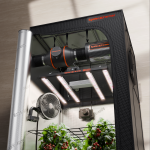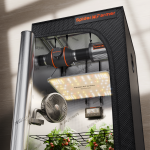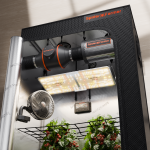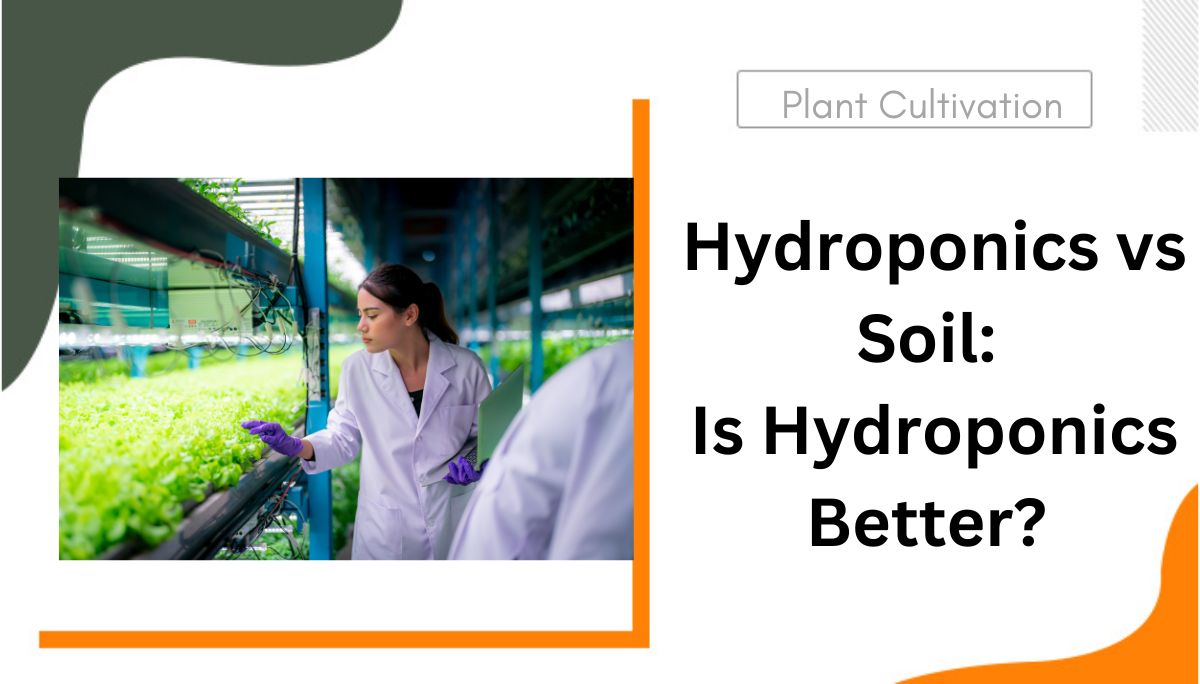Which Growing Method to Choose Between Hydroponics vs Soil
When cultivating herbs, vegetables, flowers, etc., you have two main options. One is using traditional soil growing and the other is using a more advanced hydroponics system. While the former uses soil to extract nutrients through minerals for your plants, the latter offers nutrients in a liquid form without using soil. Like many indoor growers, you may wonder: is hydroponics better than soil? Which growing method is better for plant growth?
In the following content, we will walk you through a detailed comparison between hydroponics vs soil, including the pros and cons of each growing cultivation and the major differences between them. Additionally, you’ll find essential factors to consider when choosing the right growing method for your plant.
Table of Contents
Advantages and Disadvantages of Soil Growing
Soil growing means the way to plant your seed directly into the dirt from either outdoor or indoor pots, so it can naturally grow by absorbing nutrients such as organic matter and minerals broken down from the soil. As a rather traditional and tested method to develop indoor gardens, it shares the following pros and cons.
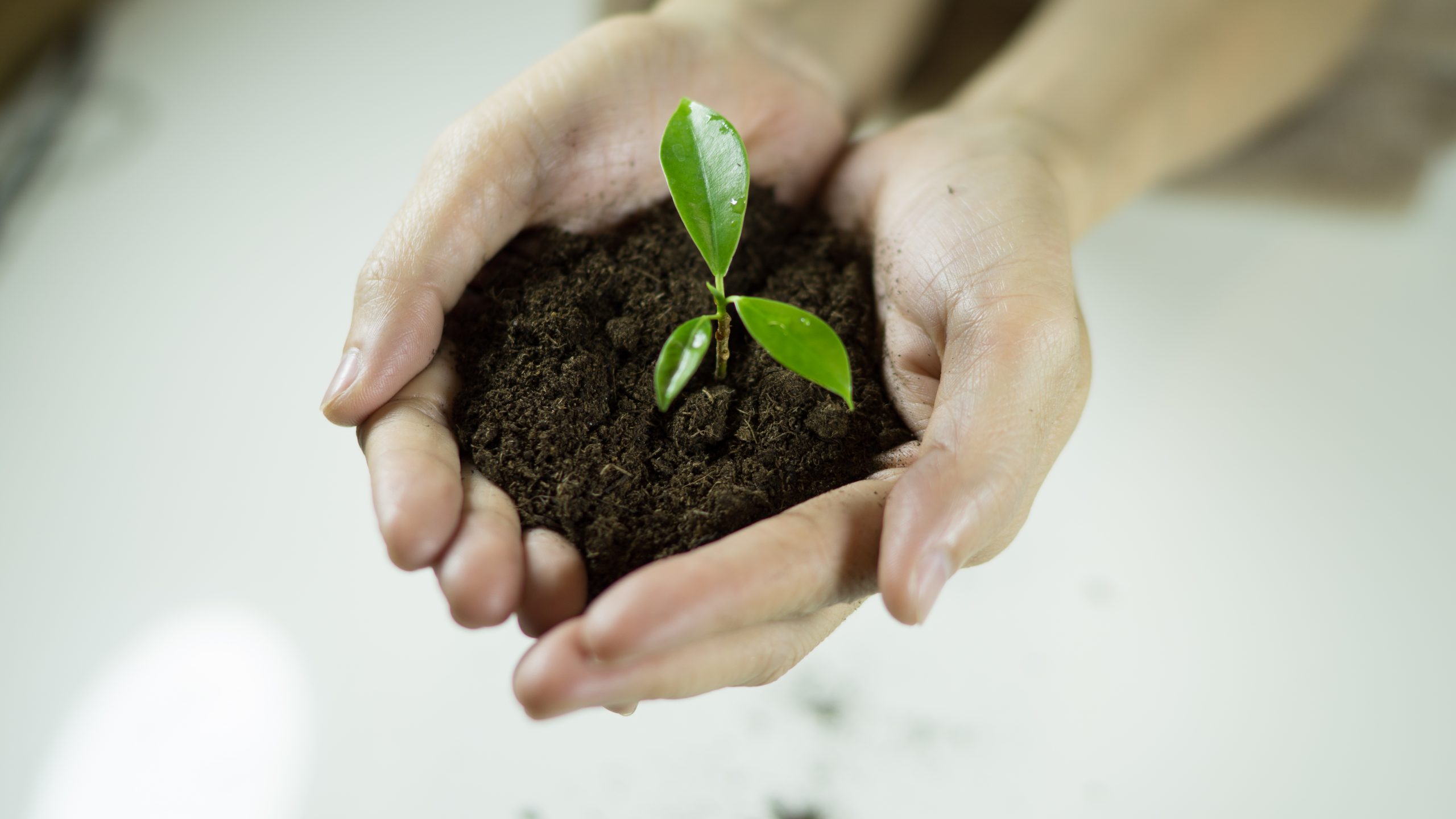
Pros:
- Easy and handy setup for every grower, including beginners. Basically, all you need to do is to prepare a pot with dirt in it and place your seeds in the pot.
- Budget-wise option. A pot doesn’t cost you much, apparently.
- Ensures natural growing medium with a rich soil microbiome as most of the nutrients come from the soil.
- No energy and high-end equipment required.
Cons:
- Requires decent gardening or plant growing skills, as growers have to take care of the plants manually. Although the setup is easy, it’s not the case for actual practice. For example, improper temp and humidity for plants can result in your plants decomposing.
- Due to the soil environment that fosters biotic stresses, plants can easily get sick.
- Because the nutrients have to be broken down in the soil before they are absorbed by your plants, soil growing often takes a long time and has gentle crop yields.
- Highly limited to the location, season, and quality of the soil.
Highlights & Drawbacks of Hydroponics
Unlike soil cultivation, hydroponics creates an artificial environment that allows your plants to grow without soil. So where does the nutrient come from? By implementing liquid nutrient-rich solutions where the roots are dipped in, the hydroponics system automatically and directly supplies your plants with needed nutrients, water, and oxygen.
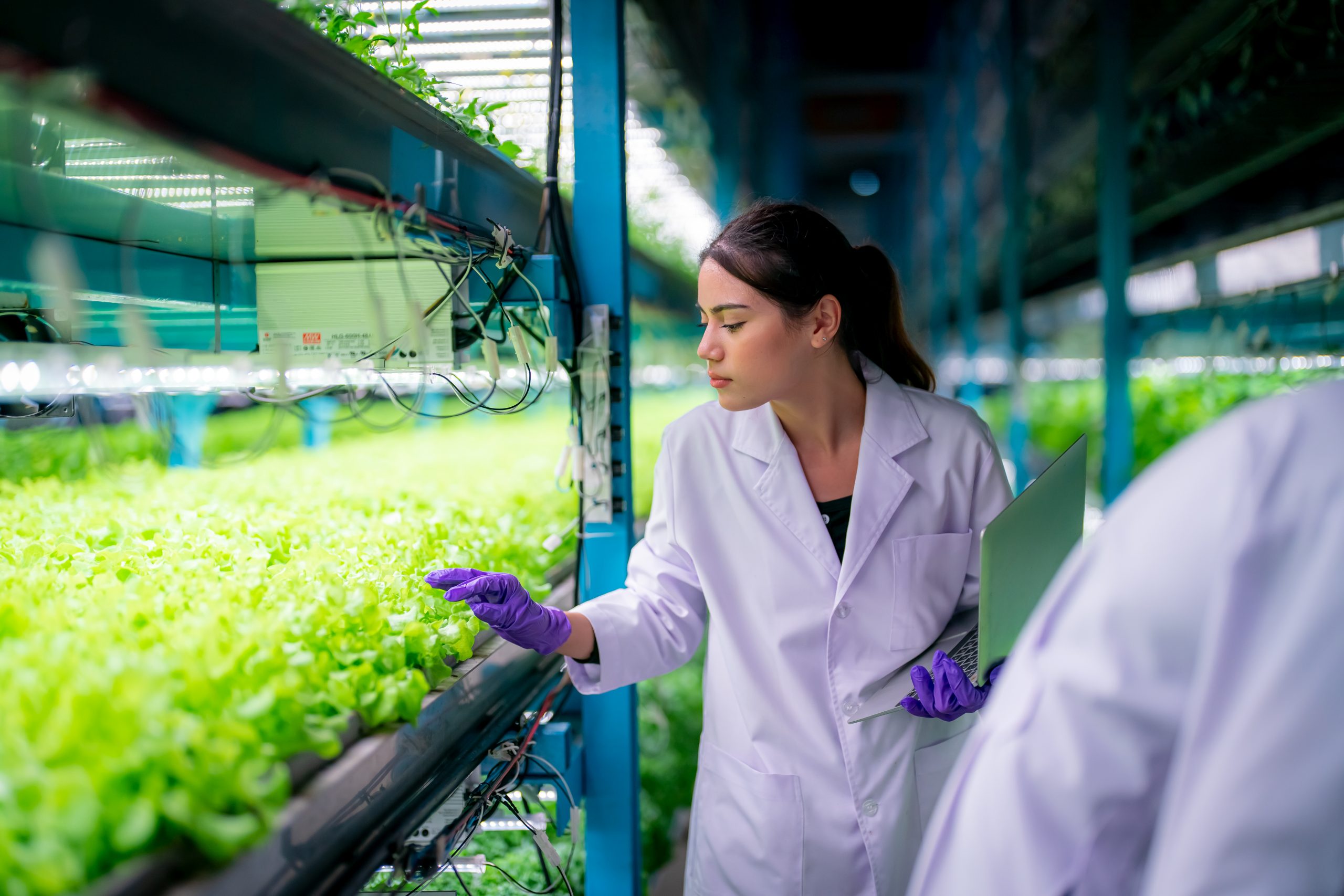
As a modern growing method, what are the pros and cons of the hydroponics system?
Pros:
- Regardless of the climate and location, plants can be grown anytime from anywhere.
- An automatic growing procedure that does not require much daily maintenance.
- Efficient plant growth and better yield thanks to the direct and sufficient nutrient supply.
- Reduced risk of soil-borne diseases and pests, due to the overall environment.
- Efficient water usage since it’s a closed-tube system with only a fixed amount of water being filled in.
Cons:
- A well-established hydroponics system can cost a great fortune. Also, the setup process is quite complex and requires professional handwork.
- Once the system breaks down, it can be a hard job for growers to fix it.
- Growers will have to measure and manually add nutrients to their plant roots, which requires specialized knowledge in planting.
- Since the roots are immersed in water all the time, it’s likely to cause root rot.
- Heavy reply on electricity and water. No electricity, no working hydroponics system.
Differences Between Hydroponics vs Soil
With a basic understanding of the pros and cons of each growing method, we can further move forward to see what differences they have in terms of planting your herbs and other plants.
Plant Growth Speed
Overall, plants grown in hydroponics systems grow and complete the full stages of plant growth faster than those grown in the soil. In the hydroponic system, plants can receive a constant supply of water and nutrients, leading to faster growth rates. However, soil-based cultivation requires the plants to expend energy searching for nutrients in the soil, which takes time.
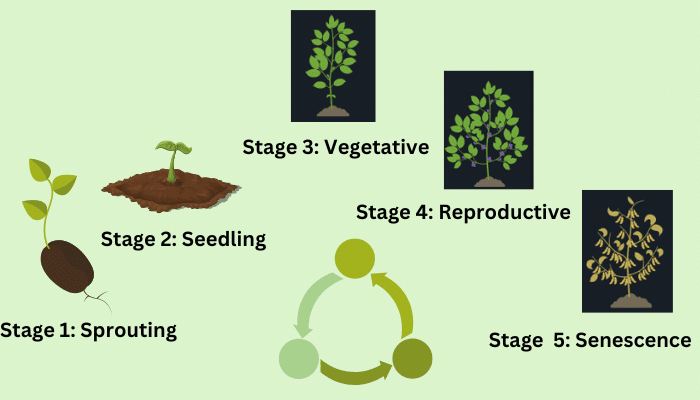
Yield [Quality & Quantity]
Similarly, due to precise control over growing conditions and stable nutrient delivery, the hydroponic system is proven to produce 20-25% higher yields than soil growing. It’s obviously way more efficient than soil growing as well. However, the quality of crops is less certain.
While hydroponic-grown plants are generally healthier and stronger than soil-planted crops, studies have found that soil-grown produce can have higher levels of certain micronutrients, such as calcium and magnesium. But if you use a well-designed and scientifically formulated hydroponic system, the mineral content can remain the same as that of soil-grown products.
Water Usage
Hydroponics growing typically uses less water than soil-based cultivation. In the hydroponic system, water is recirculated and generally won’t be replaced unless you spot algae in the water. However, water can easily evaporate or drain away in soil growing, so daily watering is a must.
Control Over Growing Conditions
Unlike soil cultivation, which relies heavily on environmental factors, hydroponic systems allow you to precisely control growing conditions, including pH levels, nutrient concentration, light exposure, temperature, etc.
When talking about hydroponic vs soil, in addition to the differences mentioned above, other factors such as the cost, space coverage, and ease of use are also worth considering.
How to Choose the Right Growing Method
Reading so far, guess you’ve had a rough idea about which approach is better for your plant growing. If not, why not check the factors below to know how to choose the right growing method?
Growing Experience
Are you a novice or an experienced grower? Hydroponics systems require technical knowledge and are more complex to handle, requiring the grower to provide the necessary nutrients and environmental conditions for plant growth. Comparatively, soil cultivation is simpler and more beginner-friendly.
Indoor Or Outdoor Growing
Hydroponics is better used for indoor growing due to the need for electricity and watering systems, while soil cultivation can be applied both indoors and outdoors as it is naturally suited to handle meteorological factors.
Personal or Commercial Grower
For commercial growers, it’s recommended to choose the hydroponics system because it is more efficient and allows for higher crop yields. However, if you are a personal grower, you may prefer soil cultivation because it is simpler and requires less equipment.
Conclusion
After reading this post, you should know the pros and cons of the hydroponics system and soil cultivation. By checking the deep comparison which lists major differences that hydroponics vs soil, you can further understand which growing method to go for. We’ve also picked factors to help you choose the right growing method at the end.
FAQs about Hydroponics vs Soil
1. What are the disadvantages of hydroponics?
The disadvantages of hydroponics growing include the following:
- Heavily relies on power and equipment.
- Expensive investment in the initial setup.
- Requires expertise and knowledge about planting growing.
- The waterborne environment can trigger diseases such as pythium, phytophthora, and fusarium.
2. Do plants grow faster hydroponically or in soil?
Hydroponics. Plants grow 40-50 percent faster than plants growing in soil cultivation. The same is for the yield. Thanks to the controlled environment that constantly produces nutrients, Hydroponics-grown plants yield 30 percent more than those growing in soil.
3. What are the benefits of hydroponics over soil?
- 30% more crop yields. Meanwhile, the harvest becomes much more predictable.
- Produce healthier and stronger plants in general.
- Less manual maintenance, including daily watering, nutrient supplement, etc.
- Less water usage and waste. You won’t have to change the water system unless it’s biotically polluted.

